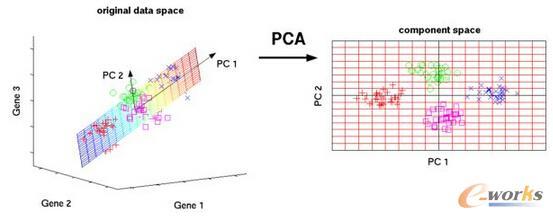Pathologic complete response (pCR) is a common primary endpoint for a phase II trial or even accelerated approval of neoadjuvant cancer therapy. If granted, a two-arm confirmatory trial is often required to demonstrate the efficacy with a time-to-event outcome such as overall survival. However, the design of a subsequent phase III trial based on prior information on the pCR effect is not straightforward. Aiming at designing such phase III trials with overall survival as primary endpoint using pCR information from previous trials, we consider a mixture model that incorporates both the survival and the binary endpoints. We propose to base the comparison between arms on the difference of the restricted mean survival times, and show how the effect size and sample size for overall survival rely on the probability of the binary response and the survival distribution by response status, both for each treatment arm. Moreover, we provide the sample size calculation under different scenarios and accompany them with an R package where all the computations have been implemented. We evaluate our proposal with a simulation study, and illustrate its application through a neoadjuvant breast cancer trial.
翻译:病理完整反应(pCR)是第二阶段试验或甚至加速批准新甲草胺癌症疗法的共同初级端点。如果允许,通常需要两次确认试验来证明效果,并取得时间到活动的结果,例如总体存活。然而,根据先前关于pCR效应的资料设计后续第三阶段试验并非直截了当。我们的目标是利用先前试验的pCR资料设计以总体生存为主要端点的第三阶段试验,我们考虑一种混合模型,既包括生存时间,也包括二分点。我们提议根据限制的平均存活时间的差别来比较武器,并表明总体生存的效果大小和样本大小取决于二进制反应的概率,以及每个治疗臂按反应状态的存活分布。此外,我们提供不同情景下的样本规模计算,并随其附上一个R包,所有计算都已经实施。我们用模拟研究来评价我们的提案,并通过新甲基腺癌试验来说明其应用情况。




